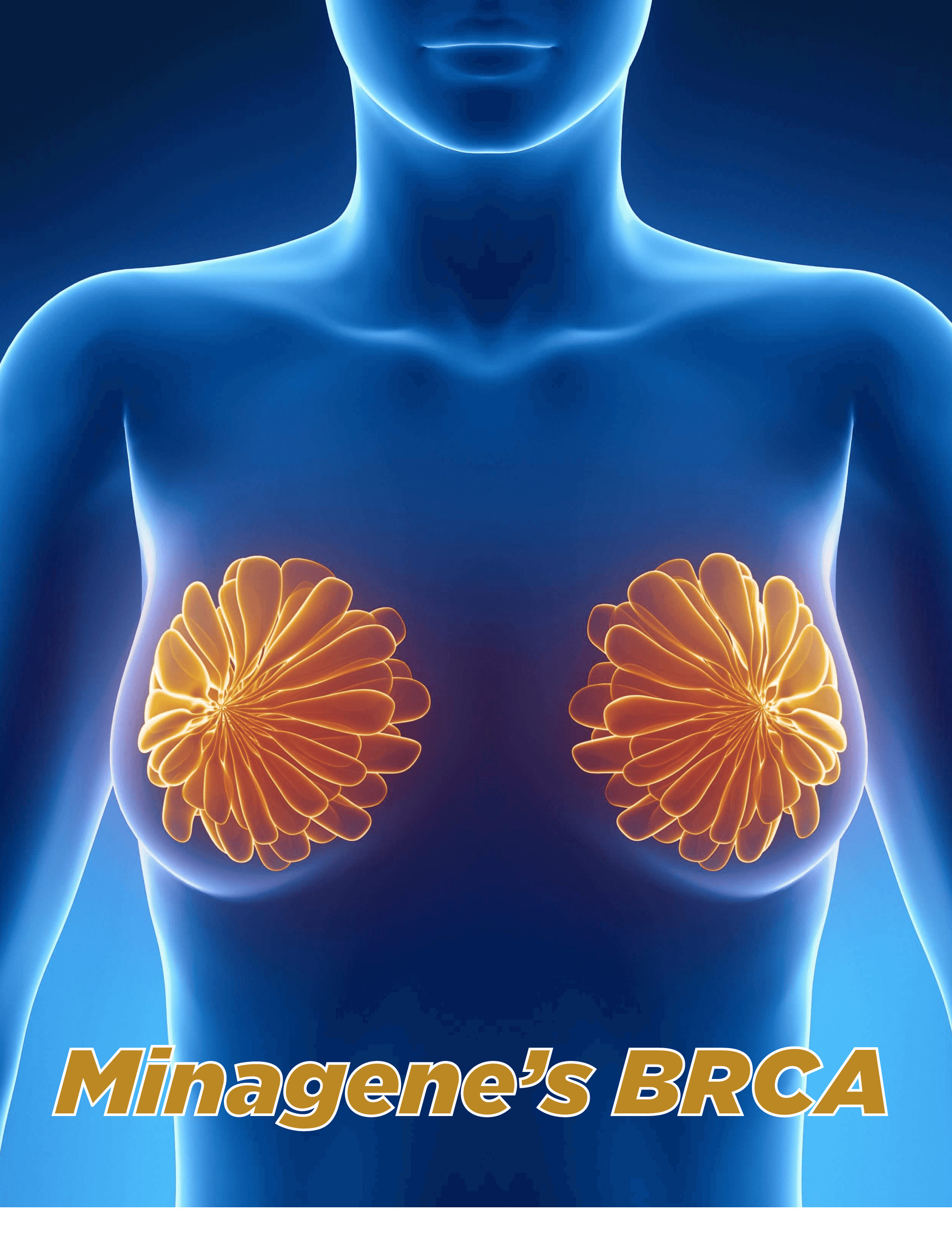
Methodology
BRCA gene testing utilizes Next Generation Sequencing (NGS) based genomic DNA analysis to identify multiple harmful mutations. This comprehensive approach covers various mutations, including single nucleotide variations (SNVs), short insertions and deletions (InDels), structural variants, and copy number variations.
Mutations Covered
The test covers 100% of the BRCA1 and BRCA2 genes. It demonstrates high sensitivity and specificity in detecting SNVs and InDels, achieving an accuracy rate of 100%.
Personal history
-Breast or ovarian cancer diagnosed at a young age (premenopausal)
-Bilateral breast cancer (affecting both breasts)
-Presence of both ovarian and breast cancer
Family history
-Breast, ovarian, fallopian tube, peritoneal, prostate, or pancreatic cancer in family members
-Male family member with breast cancer
-A relative with a known deleterious mutation in BRCA1 or BRCA2 genes
-Breast cancer diagnosed below the age of 45
-Bilateral breast cancer in a family member below the age of 50
-Triple-negative breast cancer below the age of 60 with or without family history
-Two or more relatives with ovarian cancer
-Both breast and ovarian cancers in either the same woman or the same family
BRCA gene testing provides a comprehensive assessment of harmful mutations in the BRCA1 and BRCA2 genes. By identifying individuals at risk, this testing can guide medical management decisions, facilitate early detection, and improve patient outcomes.
